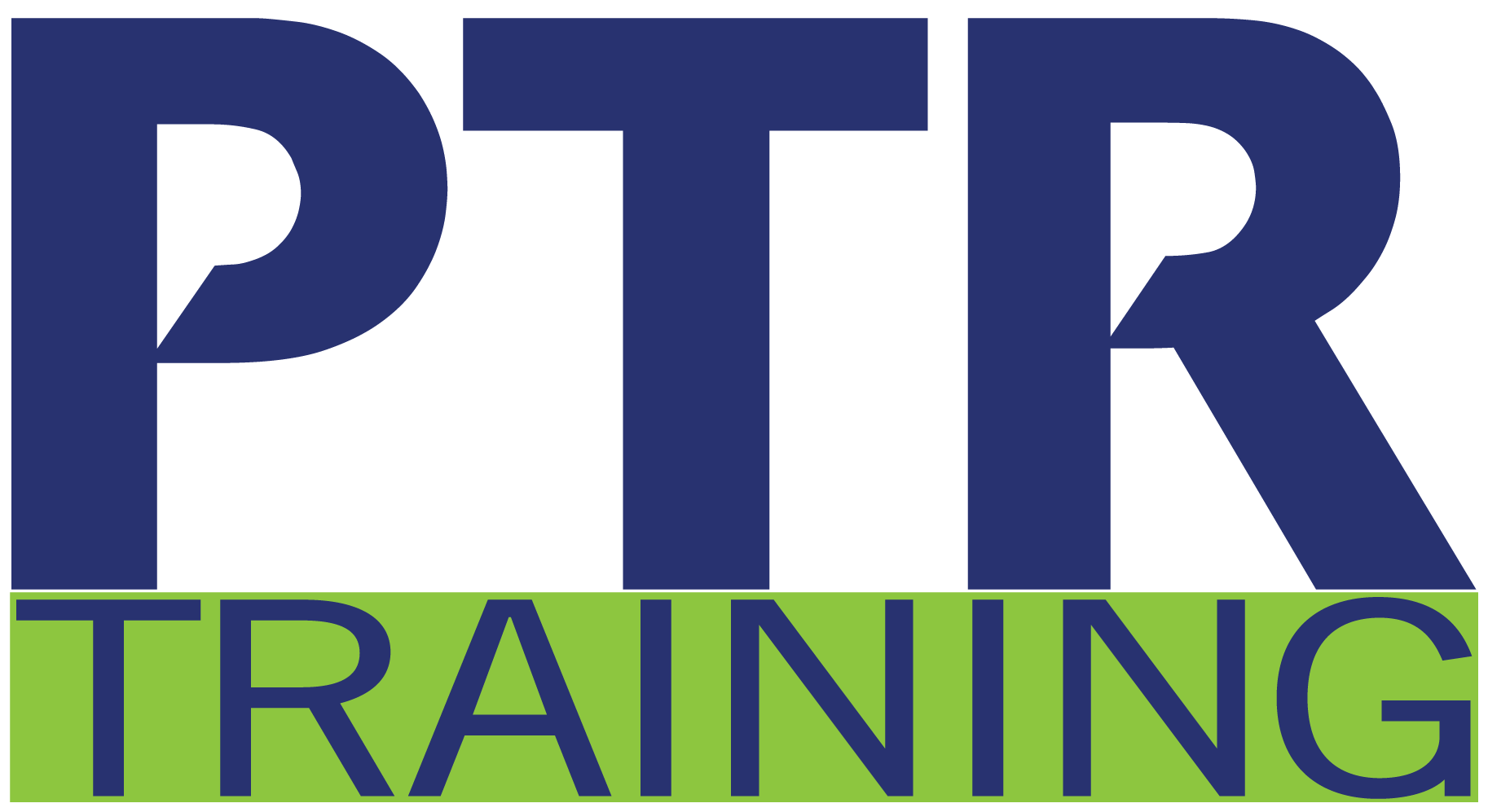Formats: 4-hour virtual course | 1-day instructor-led onsite
Remote meetings. Video conferences. Teleworking. Virtual training. Business is conducted over the broadband and cellular now more than ever. We will teach managers and supervisors how to effectively build and lead virtual and remote teams for increased productivity and enhanced performance.
Learning Objectives »
- Identify advantages to leading a virtual team
- Review the phases of team growth and apply them to a virtual or remote setting
- Understand the dynamics of leading a remote team
- Apply best practices for building trust in a virtual environment
- Overcome obstacles common to virtual teams
- Identify communication and technology tools
Course Agenda »
Team Fundamentals
- Defining Team
- Virtual and Remote Teams
- Phases of Team Building
- Leadership Roles
- Characteristics of High-Performance
- Virtual Communication
- Success Habits for Virtual Teams
Maximizing Virtual Team Dynamics
- What Everyone Wants
- Virtual Team Values
- Mission Statements
- Developing a Virtual Team Mission
- Authentic Communication
- Giving Feedback Virtually
- Commonality
- Guidelines for Building Trust
- Leading Virtual Meetings
- Effecting Change
- Conflict Resolution
- Roadblocks to Team Performance
- Code of Conduct


